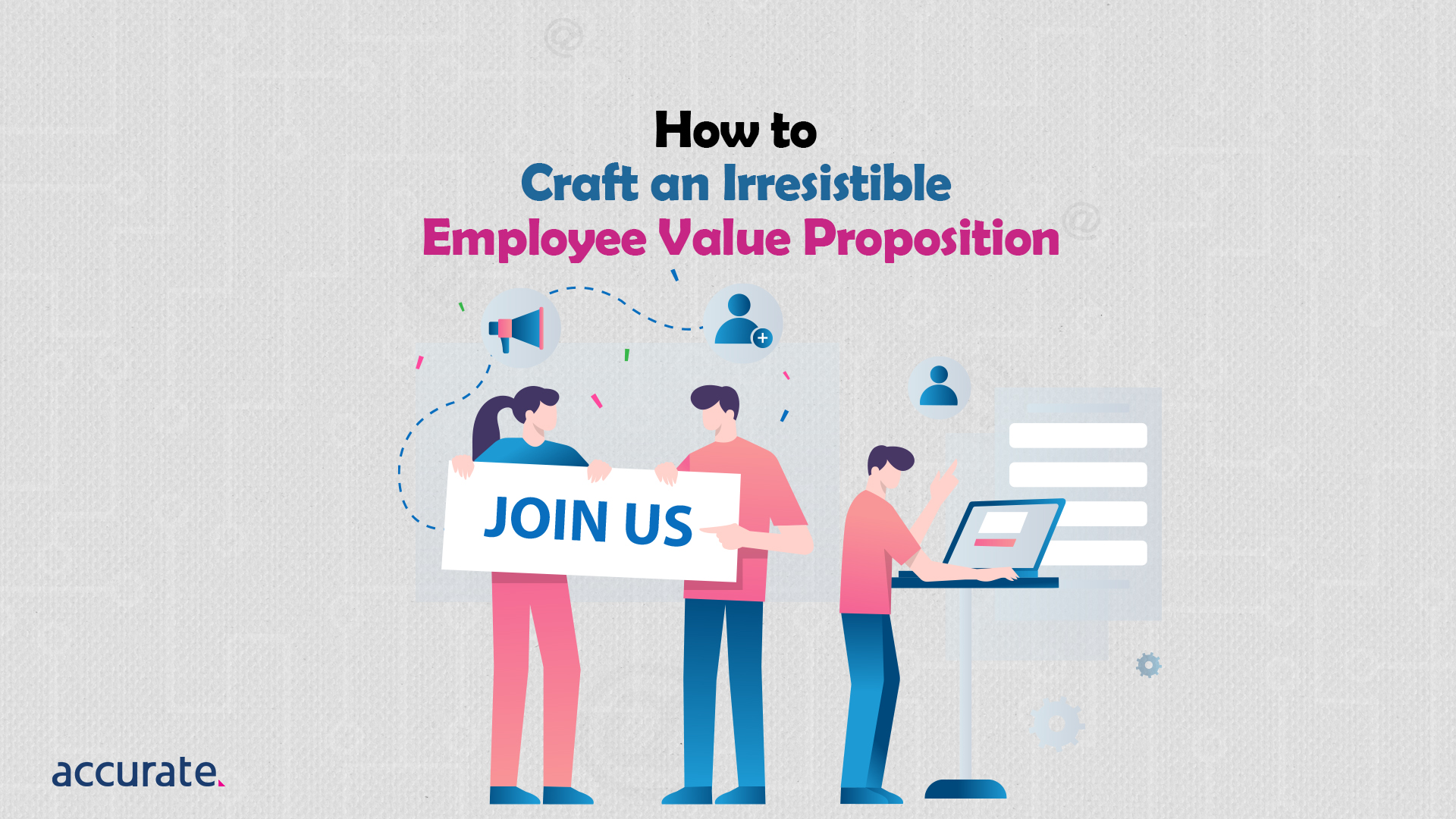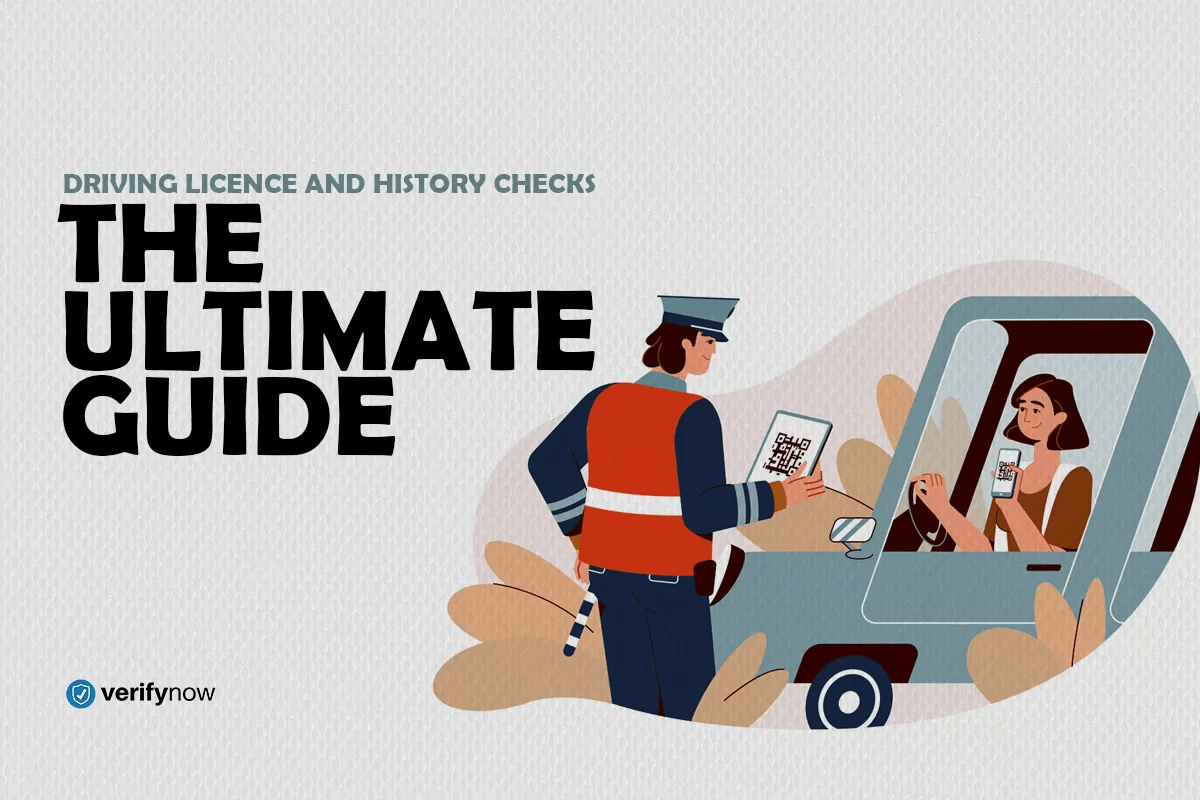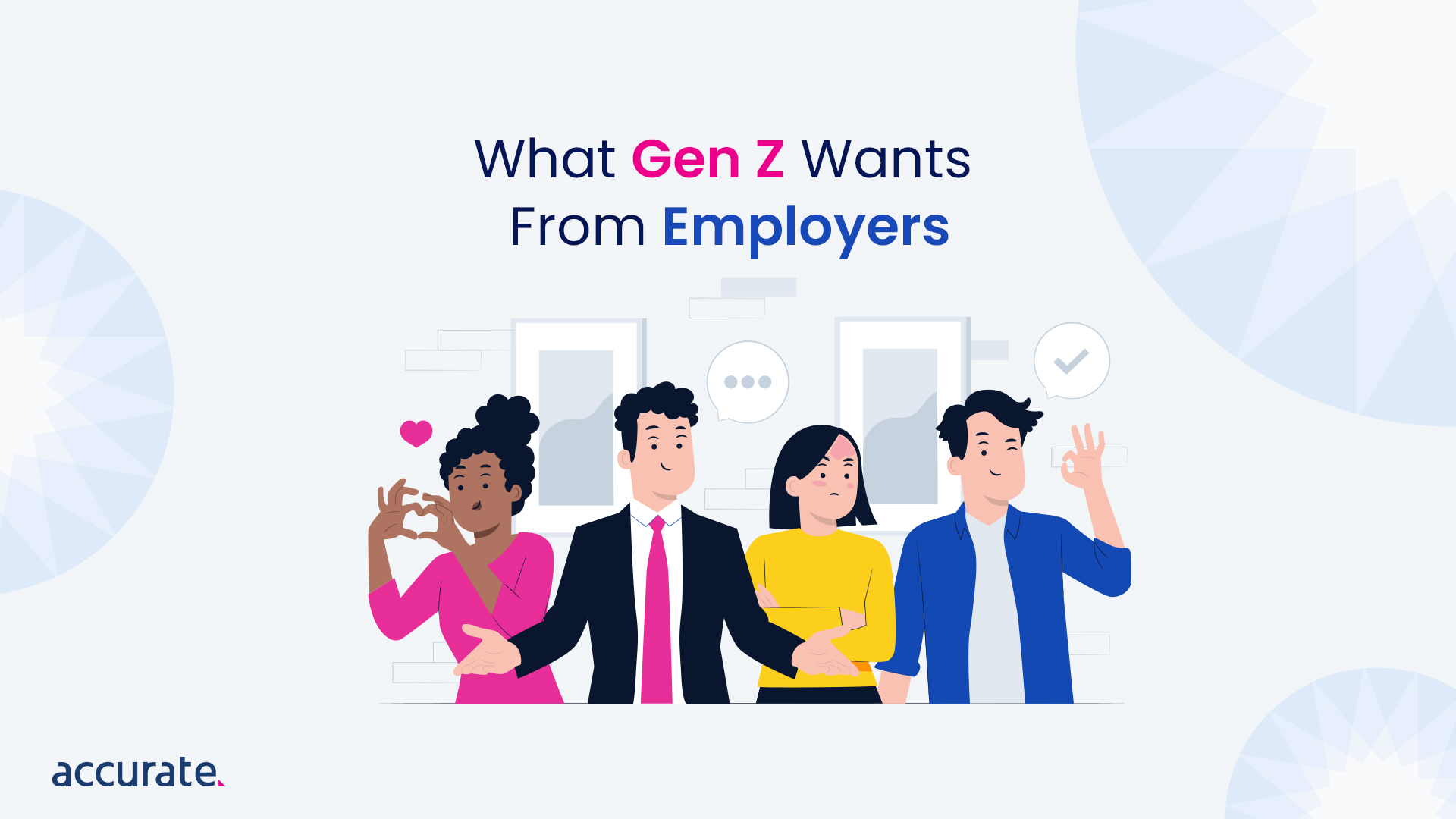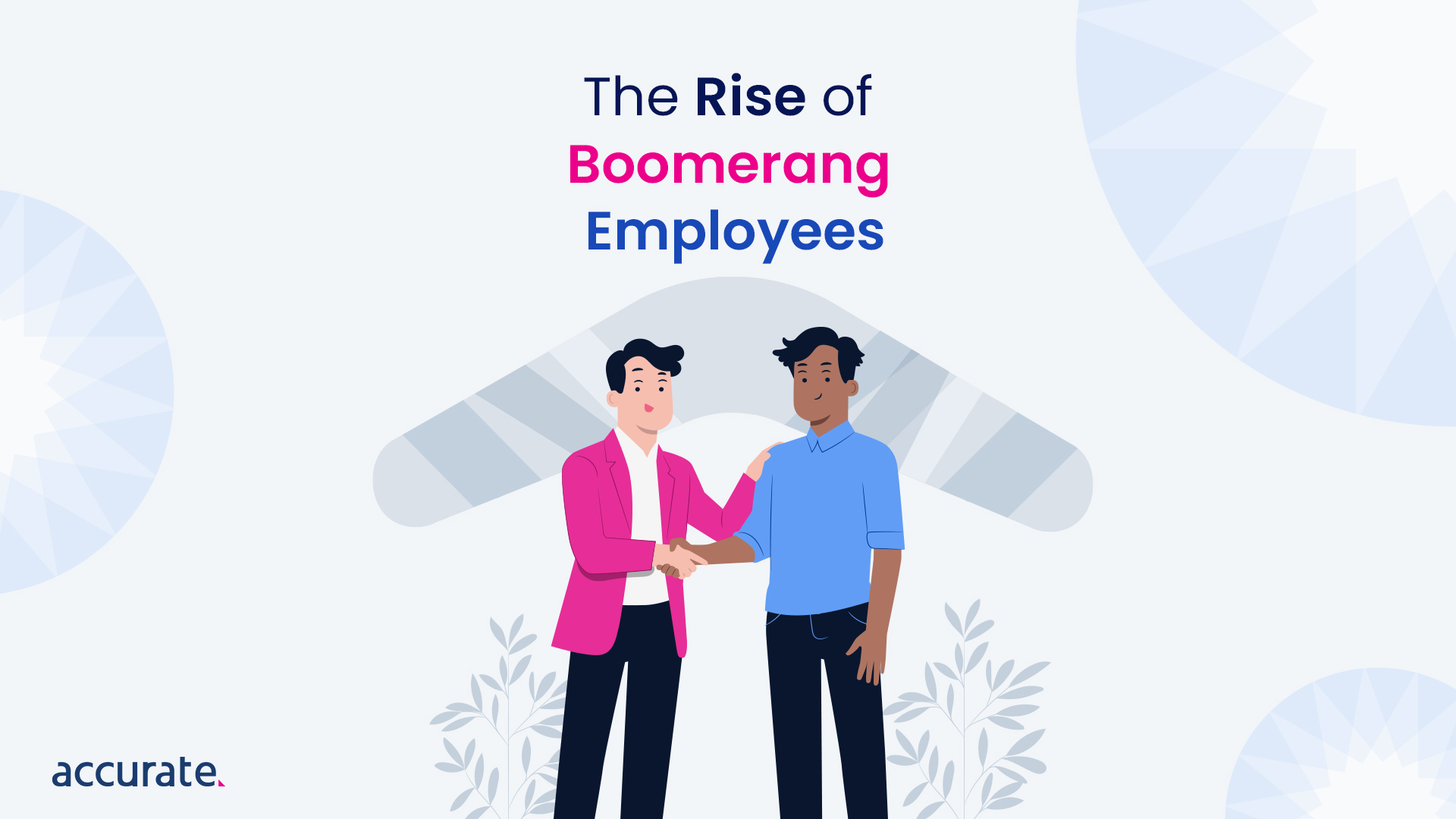In today’s fiercely competitive job market, attracting and retaining top talent has become more challenging than ever. Human Resources professionals everywhere are grappling with how to stand out to not only attract the best candidates but also keep them long-term. One strategic tool that has proven effective in achieving these goals is the Employee Value Proposition (EVP). A well-crafted EVP goes beyond mere job benefits; it encapsulates the essence of what makes an organisation unique and desirable as an employer.
This post draws upon insights from the recent webinar, “Skyrocket Job Views and Connect to Top Grad Talent With a Killer EVP,” where leaders in talent management shared their expertise on developing compelling EVPs. An EVP that resonates can transform recruitment and retention rates by aligning the values and expectations of prospective employees with the offerings and culture of the organisation. But what makes an EVP truly irresistible? How can it be crafted to not only attract the best new graduates but also seasoned professionals?
Guided by expert insights and successful case studies from Sydney Children’s Hospital Foundation and Monash Talent, we delve into actionable strategies that have significantly improved job satisfaction and employee retention. For those interested in enhancing their own recruitment strategies, the recording of this informative session is available below. Join us as we uncover the secrets to crafting an EVP that not only attracts but also sustains top talent.
Click here to watch this webinar on YouTube so you can make it full screen.
The Impact of a Well-Crafted EVP
An Employee Value Proposition (EVP) encapsulates what makes an organisation unique as an employer and why it stands out as a desirable place to work. It’s more than just a list of benefits; it’s about aligning the organisation’s values with the aspirations of its employees, enhancing both recruitment and retention.
Mariam Hares from Sydney Children’s Hospital Foundation described the EVP as a crucial strategy for not only attracting but also retaining top talent:
“An EVP tells the story of your organisation. It’s who you are as an employer. And really importantly, it answers the question of, well, why should I work for you and not another organisation?” (Mariam Hares, webinar transcript).
This approach to EVP can transform an organisation’s appeal, making it not just a place to work, but a community where employees feel genuinely valued and eager to contribute.
Lauren Howard from Monash Talent emphasized the role of EVP in organisational alignment:
“For us, [the EVP] is a core part of our top line strategy and an extension of our brand.” (Lauren Howard, webinar transcript).
By strategically developing an EVP that reflects true organisational values and meets employee expectations, businesses can significantly strengthen their ability to attract and retain the right talent.
Expert Insights on Developing a Compelling EVP
Creating a compelling Employee Value Proposition (EVP) is crucial for organisations looking to attract and retain top talent effectively. Drawing on insights from the webinar, here are strategic approaches for developing an EVP that resonates deeply with both current employees and prospective hires.
1. Aligning EVP with Organisational Goals and Culture
A successful EVP must be deeply integrated with the organisation’s mission, culture, and strategic goals. It should reflect what the organisation stands for and offer a clear promise to employees about what they can expect in terms of culture, growth opportunities, and rewards. This alignment ensures that the EVP is not just a recruitment tool but a reflection of the organisation’s core values and practices.
2. Involving Stakeholders in the Development Process
The development of an EVP should be a collaborative effort involving various stakeholders within the organisation. This includes leadership teams, HR professionals, and most importantly, employees themselves. Gathering input through surveys, focus groups, and one-on-one interviews can provide valuable insights into what employees value most in their workplace. This collaborative approach helps ensure that the EVP addresses the actual needs and expectations of the workforce.
3. Focusing on What Employees Value Most
To make an EVP truly compelling, it should emphasize aspects that employees value most, such as career development opportunities, work-life balance, recognition, and a supportive work environment. For example, the webinar highlighted how organisations could tailor their EVPs to emphasize flexible working arrangements or professional development programs that meet the evolving needs of today’s workforce.
4. Communicating and Evolving the EVP
Once developed, the EVP must be effectively communicated to the entire organisation and integrated into all aspects of the employment experience, from recruitment to onboarding, and ongoing employee engagement. Moreover, it’s crucial to regularly revisit and revise the EVP to ensure it remains relevant and competitive in a changing market.
5. Measuring the Impact of the EVP
Implementing an EVP is just the first step. Organisations need to measure its impact on recruitment, retention, and employee satisfaction to understand its effectiveness. Tools such as employee surveys, retention rates, and recruitment success metrics can provide critical feedback on the EVP’s performance and areas for improvement.
A well-crafted Employee Value Proposition (EVP) is essential for any organisation aiming to attract and retain top talent in today’s competitive job market. By aligning the EVP with the organisation’s core values and culture, and ensuring it resonates with the needs and aspirations of employees, organisations can significantly enhance their appeal to both prospective and current staff. The strategies discussed in this post provide a roadmap for HR professionals to develop an EVP that not only attracts talent but also fosters a committed and satisfied workforce.
Remember, the key to a successful EVP is not just in its creation but in its continuous evolution and integration into every aspect of the employment experience. From recruitment and onboarding to ongoing employee engagement, the EVP should be a living, breathing part of your organisation. It should reflect the changing dynamics of the workforce and the job market, ensuring that your organisation remains a desirable place to work, now and in the future.
As you embark on this journey, keep in mind that the true power of an EVP lies in its authenticity and its ability to deliver on the promises it makes. By maintaining a clear, consistent, and true-to-life EVP, you can ensure that your organisation not only attracts the best talent but also inspires them to grow and succeed within your ranks.



